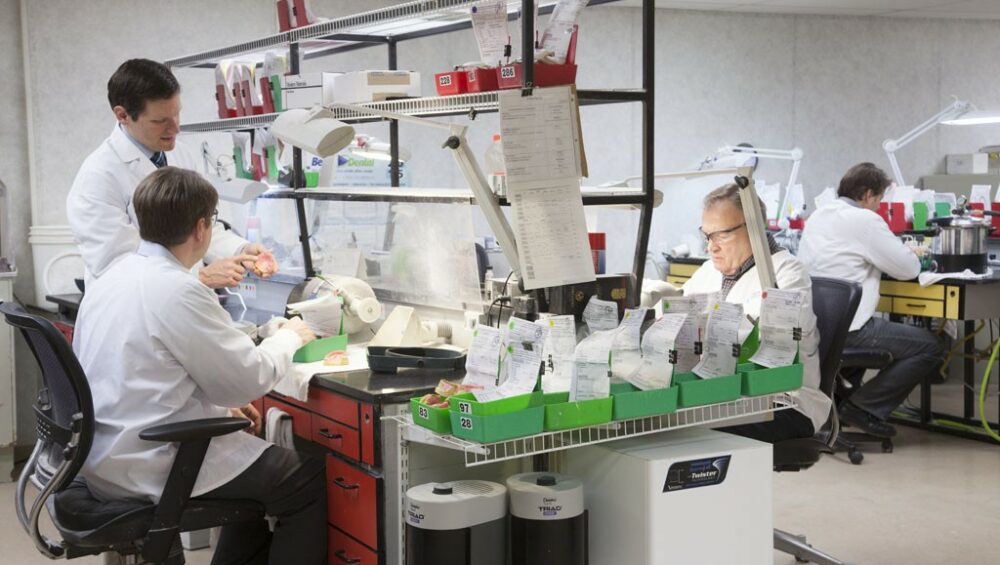1. Non-invasive prenatal screening (NIPS): NIPS is a genetic test that uses a simple blood sample from the mother to analyze the fetal DNA for chromosomal abnormalities such as Down syndrome. It provides accurate results without the need for invasive procedures like amniocentesis.
2. Artificial Intelligence (AI) in fetal monitoring: AI algorithms are being developed to analyze fetal heart rate patterns and uterine contractions during labor, enabling earlier detection of potential complications and reducing the risk of adverse outcomes.
3. Portable fetal ultrasounds: Advancements in ultrasound technology have led to the development of portable and handheld devices, allowing healthcare providers to perform ultrasounds in resource-limited settings and increase access to prenatal care.
4. Telemedicine for prenatal care: With the rise of telehealth, pregnant women can now receive prenatal care remotely through video consultations, reducing the need for frequent in-person visits and offering convenience, especially in rural areas.
5. Improved neonatal incubators: Innovations in neonatal incubators have focused on improving temperature control, humidity regulation, light exposure, and air quality. These advancements help create a stable environment for premature or sick newborns, enhancing their chances of survival.
6. Cord blood banking and stem cell therapies: The collection and storage of umbilical cord blood for future medical use has become more accessible. Additionally, stem cell therapies derived from cord blood are being researched for treating various neonatal conditions and genetic disorders.
7. Neonatal virtual reality therapy: Virtual reality is being explored as a non-pharmacological therapy for pain management in neonates. By immersing newborns in a soothing virtual environment, it can help alleviate pain during medical procedures.
8. Non-invasive monitoring of premature babies: New technologies allow for the continuous and non-invasive monitoring of vital signs like heart rate, respiration rate, and oxygen saturation in premature infants, reducing the need for invasive techniques and minimizing discomfort.
9. Innovative feeding solutions: Bottle nipples and pacifiers designed to mimic the shape and feel of a mother’s breast can help facilitate breastfeeding for premature babies or those with breastfeeding difficulties.
10. Development of targeted neonatal medications: Advances in pharmacology have led to the development of neonatal medications specifically formulated for newborns, considering their unique physiology, metabolism, and potential drug interactions.
It is important to note that these innovations may vary based on geographical location and access to technology, as well as ongoing research and advancements in prenatal and neonatal care.




